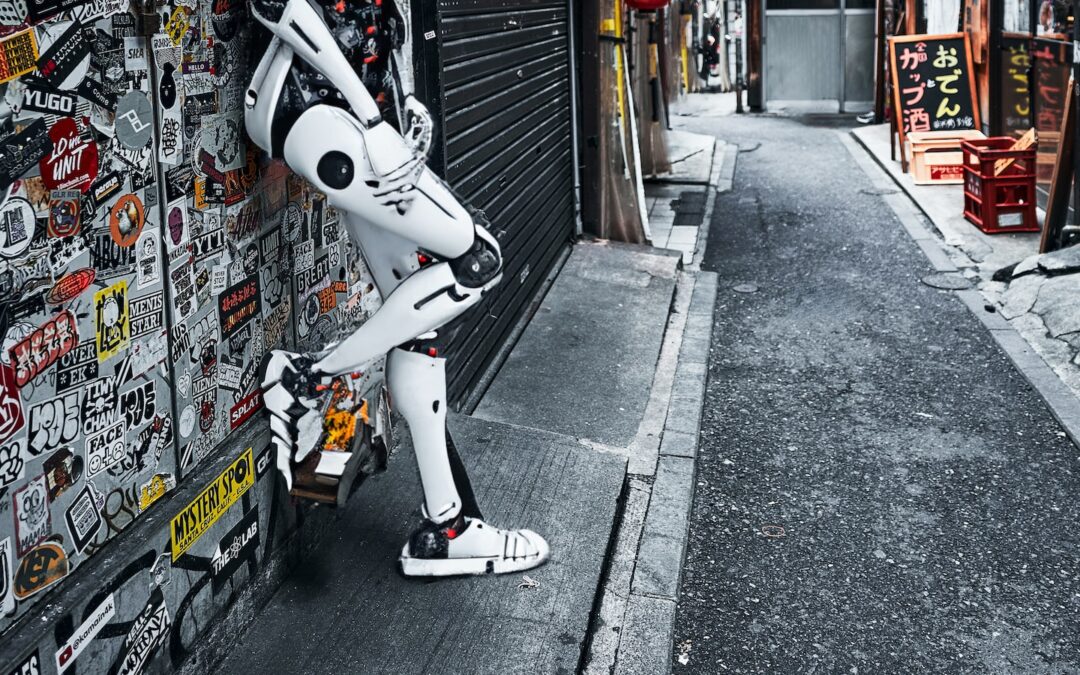The Creative’s Toolbox Gets an AI Upgrade

In recent years, there have been significant advancements in artificial intelligence (AI) technology. From self-driving cars to voice assistants, AI has found its way into various industries, including the creative field. Designers, artists, and other creative professionals are now benefiting from AI-powered tools that have revolutionized their workflows and expanded their creative possibilities.
Automated Design Assistance
One area where AI has made a tremendous impact is automated design assistance. Designers often spend countless hours creating wireframes, prototypes, and layouts. Now, with AI-powered design tools, they can generate design suggestions, automate repetitive tasks, and test different versions with remarkable efficiency.
These tools use machine learning algorithms to analyze vast amounts of user data, identifying patterns and trends that help designers make informed decisions. AI algorithms can predict user preferences, optimize layouts for better user experience, and even generate color palettes based on established design principles.
Enhanced Creativity
AI is not meant to replace human creativity; instead, it complements it. AI-powered tools offer creative professionals a plethora of possibilities by generating ideas, providing inspiration, and assisting in brainstorming sessions.
Researchers have developed AI algorithms that analyze vast databases of creative works, such as paintings, music, and literature. By studying these artworks, AI can generate new compositions that mimic the styles of renowned artists or authors. This opens up the doors for artists to experiment and create unique pieces that blend human creativity with AI-assisted insight.
Streamlined Workflow
Another advantage of AI tools in the creative field is their ability to streamline workflows. These tools automate repetitive tasks, freeing up time for designers to focus on more critical aspects of their work.
For example, AI-enabled software can quickly sort, classify, and tag large collections of media files, making it easier for designers to organize their digital assets. Additionally, AI algorithms can analyze and transcribe voice recordings, saving time during interviews or multimedia projects.
Improved User Experience
AI technologies contribute to improving user experience (UX) by helping designers create more intuitive and personalized user interfaces. By analyzing user behavior and preferences, AI can make accurate recommendations, predict user needs, and offer interactive suggestions.
Designers can use AI-powered tools to simulate user interactions with prototypes, gaining insights into possible pain points or areas of improvement before the final release. This iterative process effectively reduces the likelihood of user dissatisfaction and ensures that products meet the highest UX standards.
In conclusion, AI is transforming the creative field and upgrading the toolbox available to designers and artists. With automated design assistance, enhanced creativity, streamlined workflows, and improved user experience, AI-powered tools empower creative professionals to push boundaries, explore new possibilities, and deliver outstanding results.


Recent Comments